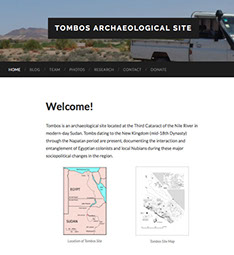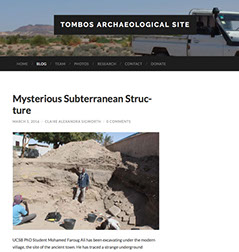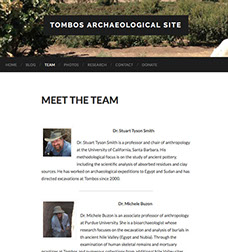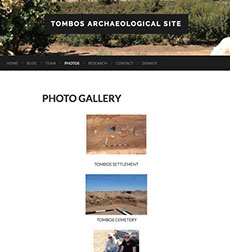MICHELE R. BUZON
Professor of Anthropology at Purdue University
ABOUT ME
I am a bioarchaeologist in the Department of Anthropology at Purdue University.
My research focus is excavating and analyzing human skeletal remains from archaeological sites in order to address questions related to the biocultural effects of sociopolitical change in the ancient Nile Valley.
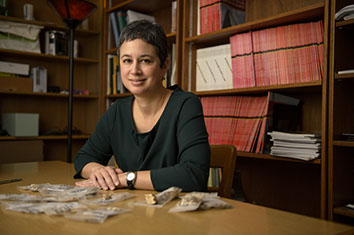
LEARN MORE ABOUT MY CURRENT RESEARCH
If you would like to learn more about Tombos, please check out the website!
CURRENT RESEARCH
ANCIENT NILE VALLEY
My research has focused on investigating these issues at the site of Tombos. I have explored the biological and cultural consequences of contact between the ancient Nubian and Egyptian populations during the Egyptian colonial New Kingdom period through the Third Intermediate and Napatan periods at Tombos, located in northern Sudan. In collaboration with Stuart Tyson Smith, we have recovered over 200 individuals from the Tombos site dating to these periods.
Fieldwork at Tombos has continued since 2000. Analysis of burials indicates continued use of Egyptian and Nubian features, with the presence of Nubian-style tumulus graves and Egyptian-style pyramid tombs. Analysis of human skeletal remains and burial features from the recent NSF project is ongoing. With support from Purdue University, excavations in the tumulus cemetery will continue in 2020.
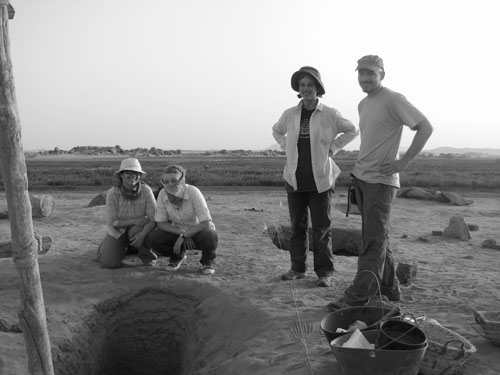


In collaboration with Antonio Simonetti and Gabriel Bowen I have investigated migration at Tombos and in the Nile Valley region using strontium and oxygen isotope analysis. While complicating factors affect both methods, the resulting data indicate the usefulness of these techniques and the presence of first generation immigrants at New Kingdom Tombos and a mostly local population at Napatan Tombos.
The impact of regional climate change on the isotope signature of bioavailable strontium is being invested with support from the National Science Foundation (BCS grant 1916719) to characterize isotope variability and better understand human mobility in the region.
I am also currently part of a collaborative endeavor funded by the Humanities Without Walls consortium (funded by a grant from the Andrew W. Mellon Foundation) -- Coping with Changing Climates in Early Antiquity: Comparative Approaches between Empiricism and Theory. This project uses a multidisciplinary approach to investigate social and cultural perceptions of, and experiences with, climate change in the Bronze and Early Iron Ages.
LAB & STUDENTS
PURDUE UNIVERSITY - STONE HALL B-11
The Bioarchaeology Laboratory at Purdue University houses the human skeletal remains from the site of Tombos. Ongoing research in the lab has involved undergraduate and graduate students as well as postdoctoral and visiting scholars on a variety of osteological and paleopathological topics.
CURRENT STUDENTS
CLICK ON THEIR PHOTOS TO LEARN MORE, OR FOR CONTACT INFORMATION
KARI GUILBAULT
MS
JENAIL MARSHALL
MS
KAITLYN SANDERS
PhD
Kari is interested in understanding the interconnection of tattooing practices and their medicinal qualities with a biocultural lens using a multimodal approach.
Jenail is interested in investigating human-microbial coevolution and relationship between bone infection and exposure to dietary sources of natural antibiotics in ancient Nubia and Ethiopia.
Kaitlyn is interested in osteoporosis and bone loss in the Nile Valley
KATIE WHITMORE
PhD
Katie's research utilizes the life course approach to examine the impact of Egyptian New Kingdom colonial power on individuals in Nile Valley.
ALUMNI
Jeremy Beach, PhD, 2017. Border Relations: A Bioarchaeologcial Investigation of the Xiongnu Polity.
Alexander Blasingame, BA, 2012. Undergraduate researcher. Consequences of Egyptian Contact: Dental Health in Ancient Nubia During the Napatan Period (760-656 BCE). Journal of Purdue Undergraduate Research 3:96.
Sarah Caldwell, PhD, 2019. Consequences of Ottoman Expansion on Daily Activity in Croatia: An Examination of Entheseal Remodeling and Osteoarthritis.
Blair Daverman, MS, 2011. A Bioarchaeological Perspective on Diet and Health consequences of Akkadian Imperial Consolidation at Kish, Iraq.
Emilie Fleagle, BA. 2012. Honors thesis: Exploration of Relatedness in Ancient Nubia through Cranial Non-Metrics. Journal of Purdue Undergraduate Research 3:96-7.
Victoria Gibbon, Postdoctoral Researcher, 2010-2011. Morphometric assessment of Tombos postcranial remains.
Katelyn Reavis, BA, 2014. Honors thesis: Investigating Senescence in Ancient Nubia. Journal of Purdue Undergraduate Research 4:40-47.
Sarah Schrader, MS, 2010, PhD, 2013. Bioarchaeology of the Everyday: Analysis of Activity Patterns and Diet in the Nile Valley.
PRESS
Click on the following images to read more!
Purdue University
Lu Ann Aday Award
Nile Magazine
Feature on Tombos
FOX59/CBS4 Indianapolis Full Steam Ahead Podcast
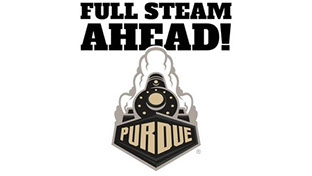
Boiler Bytes
Video: Archaeology
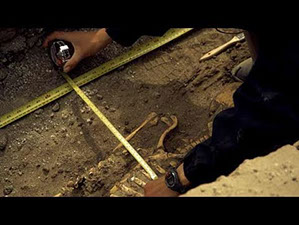
Interview in Undark: In Sudan, Rediscovering Ancient Nubia Before it's Too Late
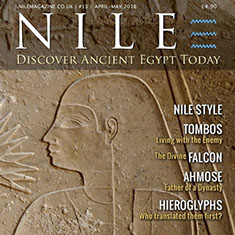
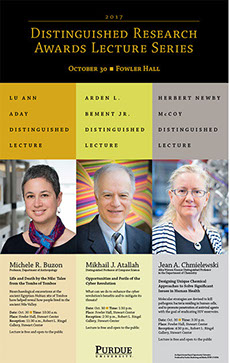
OTHER PROJECTS
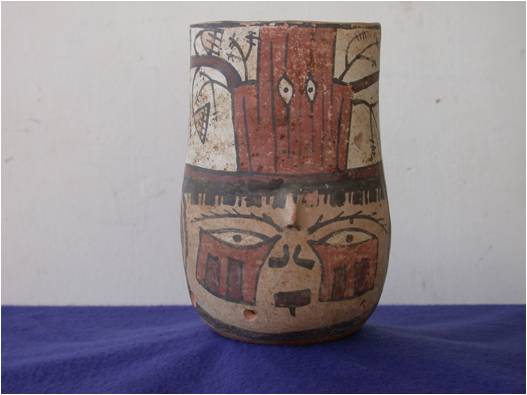
A jar discovered at the sire of La Tiza in the Nasca region of Peru.
Christina Conlee (Anthropology, Texas State University, San Marcos) and I investigated the ancient inhabitants at the site of La Tiza in the Nasca region of southern Peru, occupied from the Late Formative until the Late Intermediate Period. The burials at the site revealed a variety of interesting features such as headless burials and new tomb types. We researched population movement at this site using strontium and oxygen isotope analysis. This research was featured in the program "Nasca Lines: The Buried Secrets" on the National Geographic Channel (premiered February 2010).
LA TIZA
Valerie Andrushko and I investigated migration at the site of Chokepukio in the Cuzco Valley of Peru during the Inka period. Using strontium isotope analysis we provided new information regarding population movement during this time.
CUZCO VALLEY
In collaboration with Dr. Phillip Walker (as well as Susan Kerr and Francine Drayer) I conducted a project involving the analysis of paleopathological data collected from poor individuals buried in the forgotten 19th century Legion of Honor (Golden Gate) cemetery in San Francisco.
Anne Grauer and I used bioarchaeological methods to explore the subsistence patterns of the inhabitants buried at the 4th century SU Site. We determined that that this population was likely in transition between hunting and gathering and agriculture.
LEGION OF HONOR CEMETERY
SU SITE, NEW MEXICO
GET IN TOUCH
For a list of publications, check out my CV or my ResearchGate page!
Michele R. Buzon
Department Of Anthropology
Purdue University
700 W State Street
West Lafayette, IN 47907
WEB DESIGN BY CLAIRE SIGWORTH
